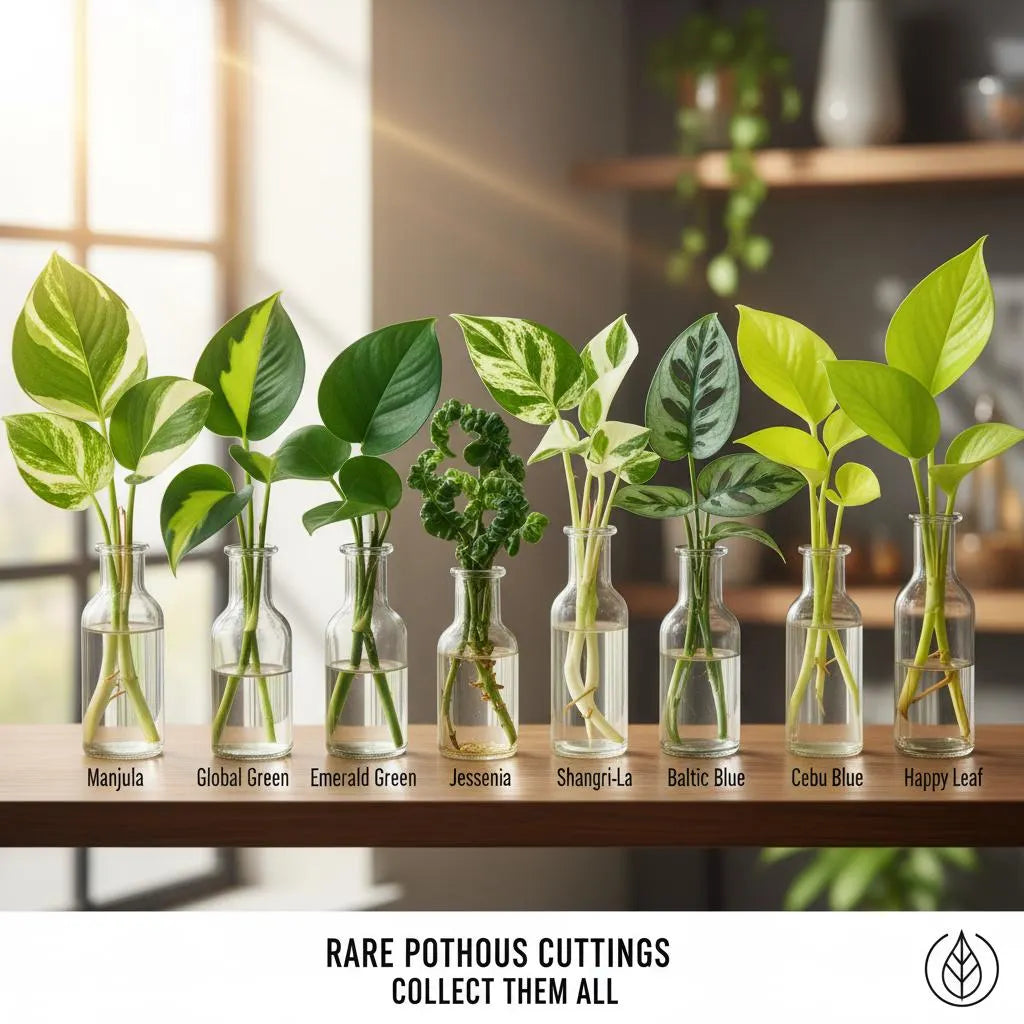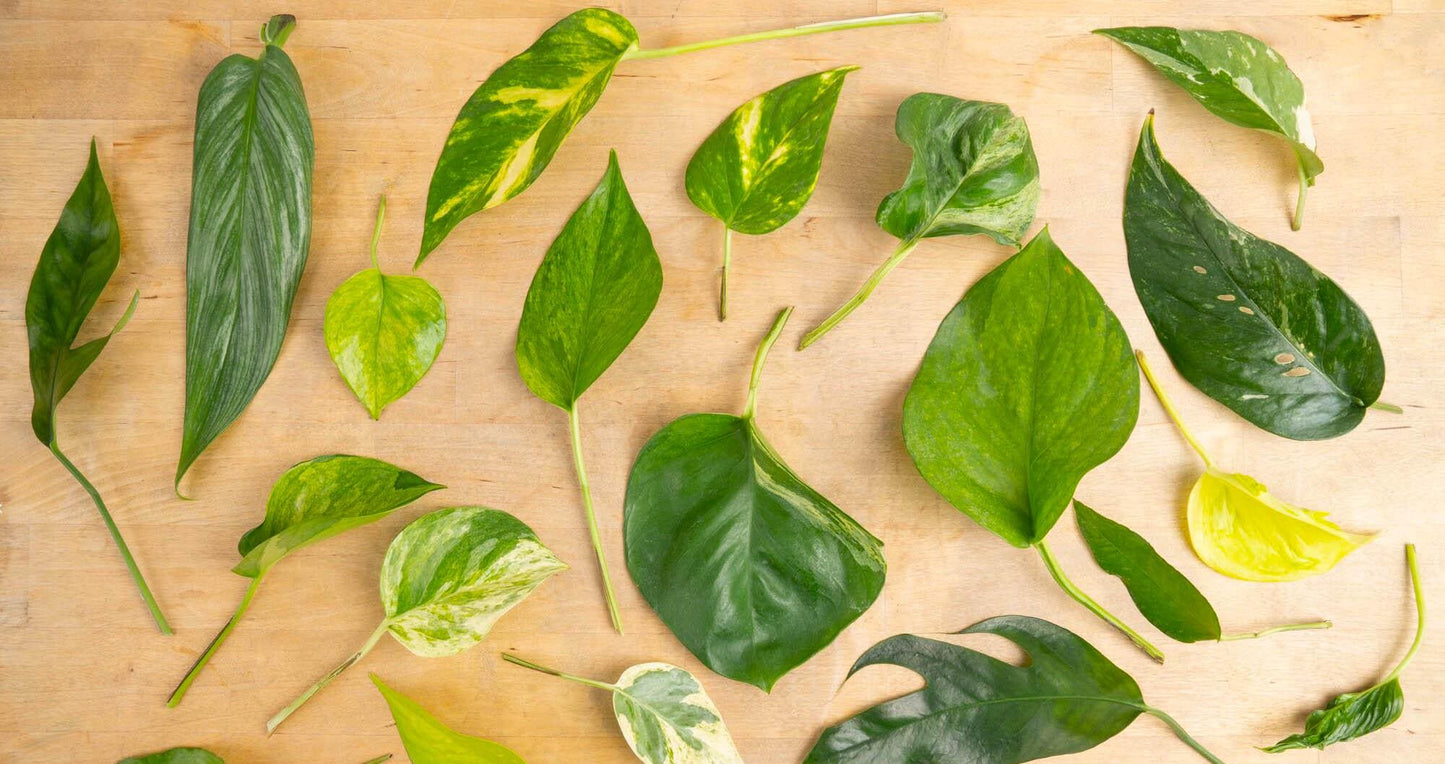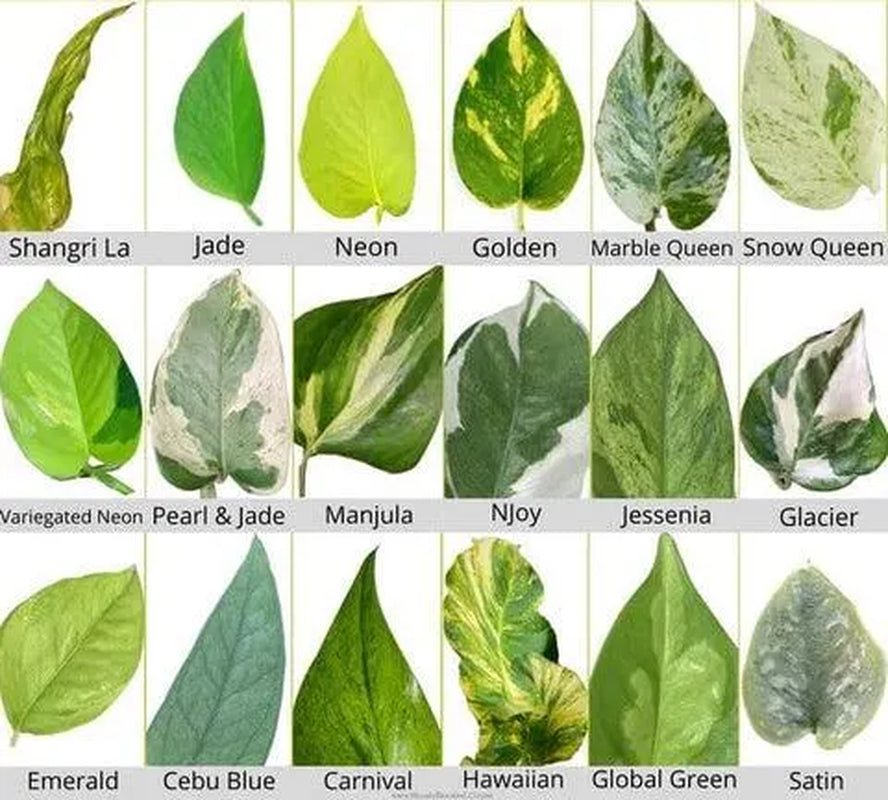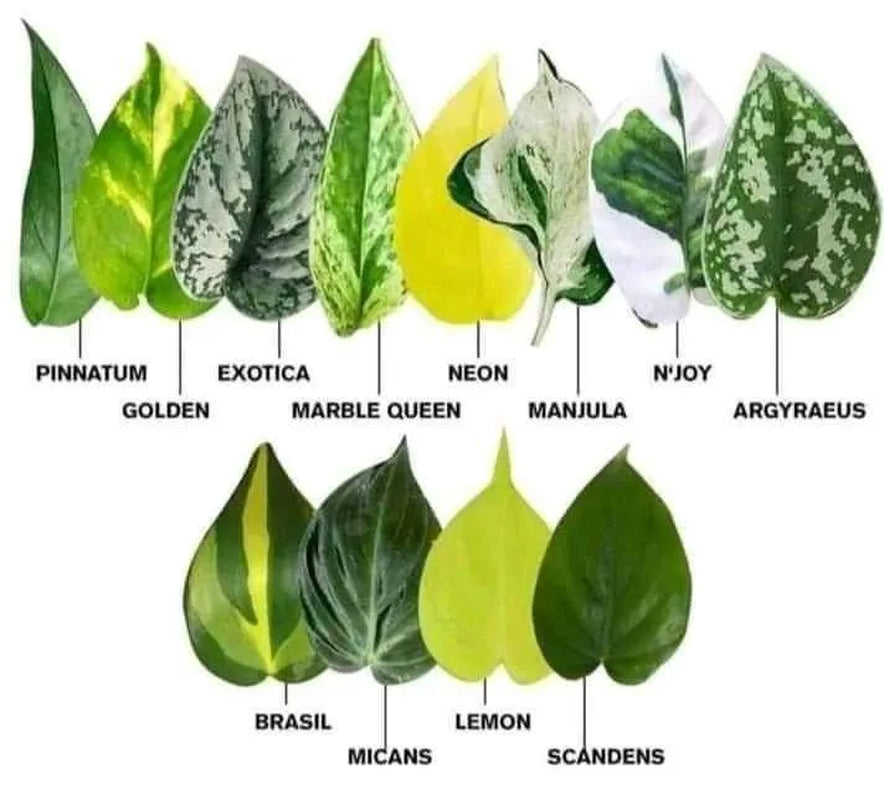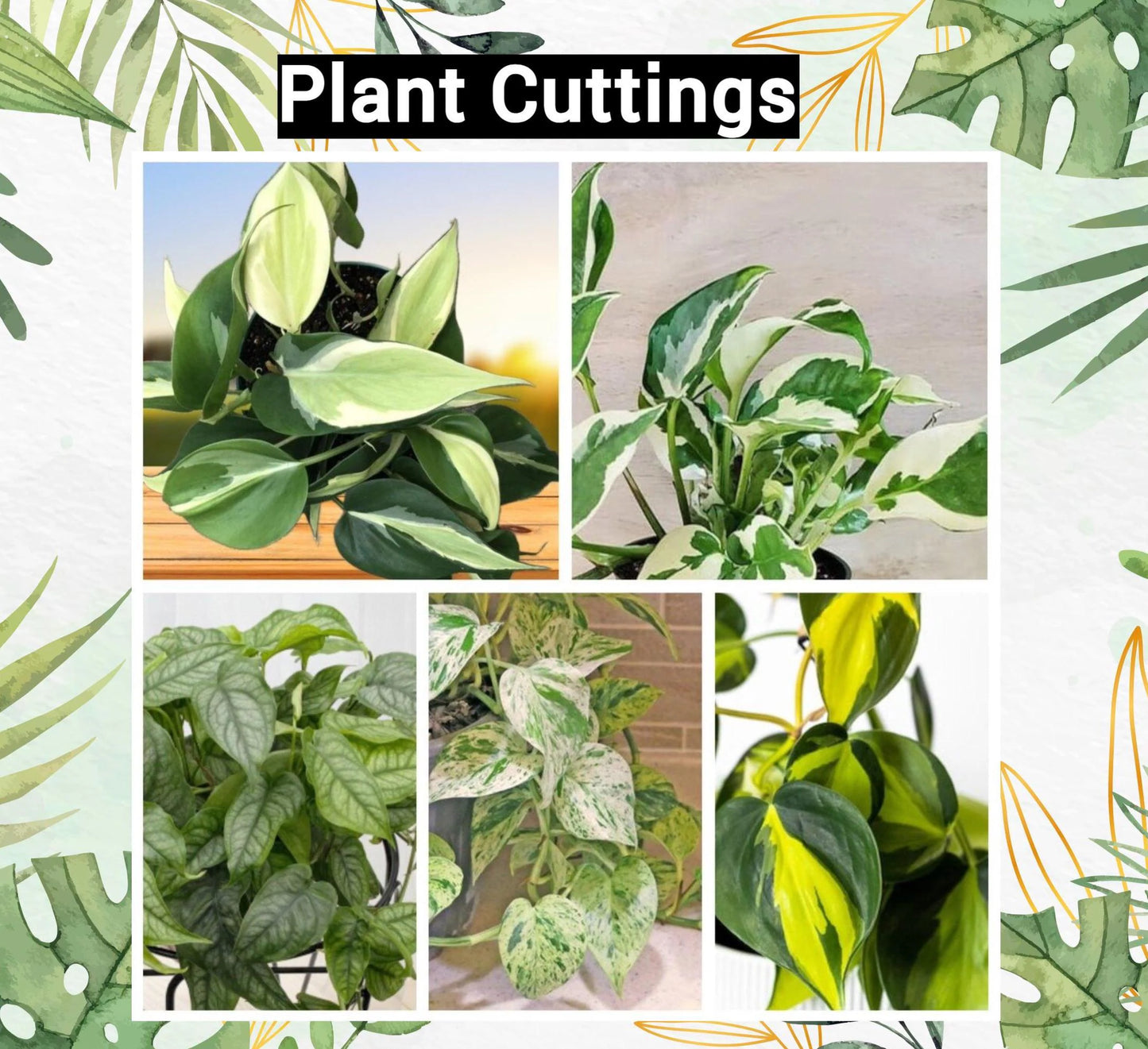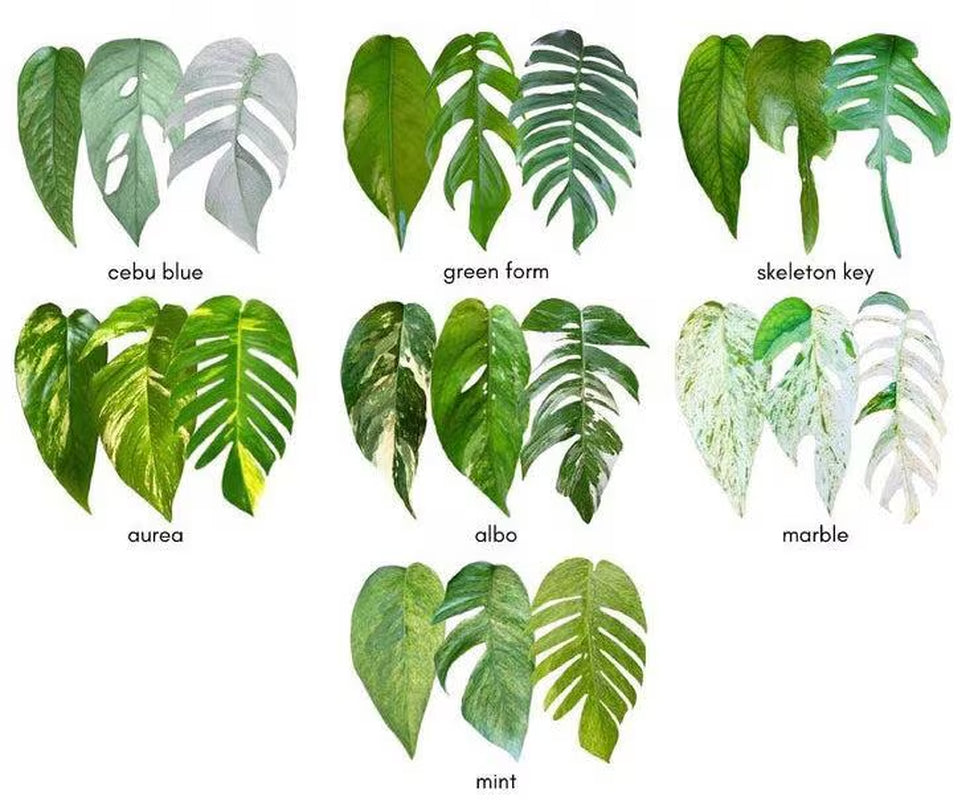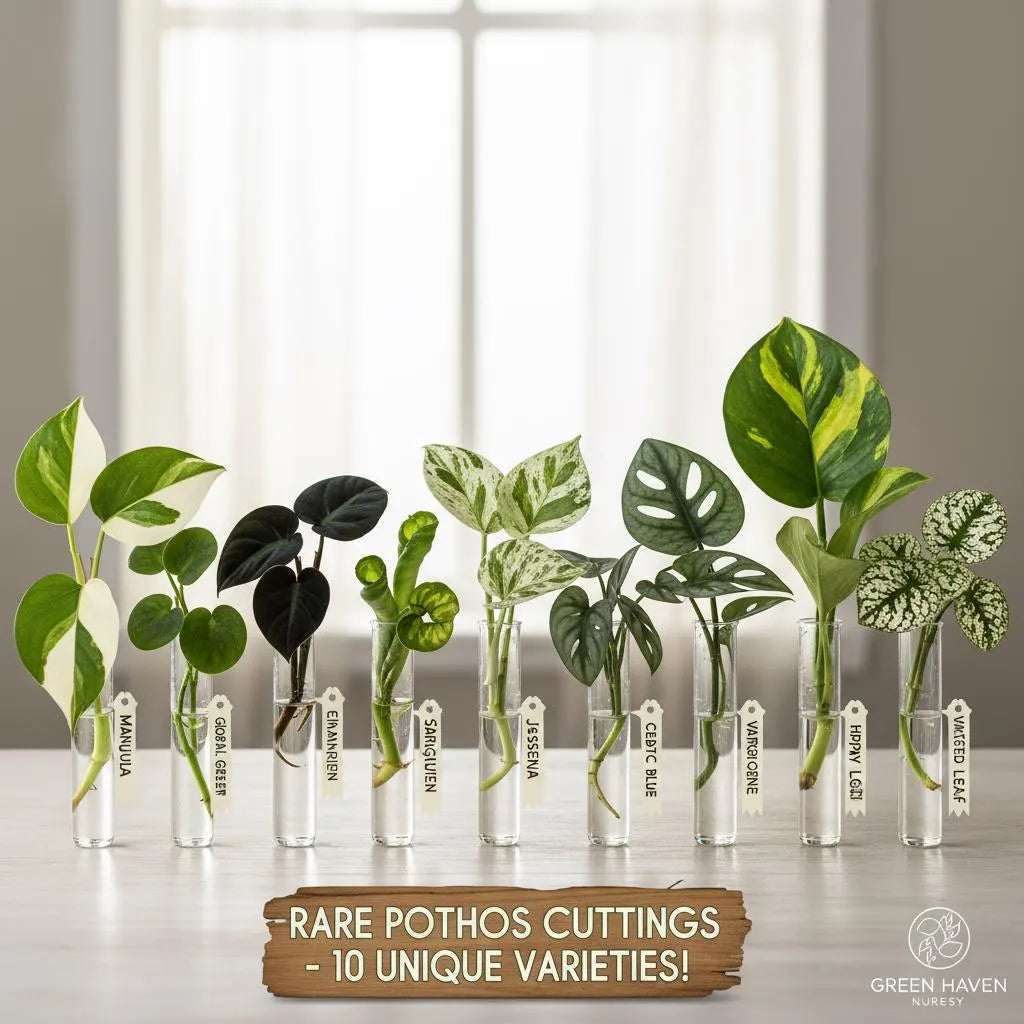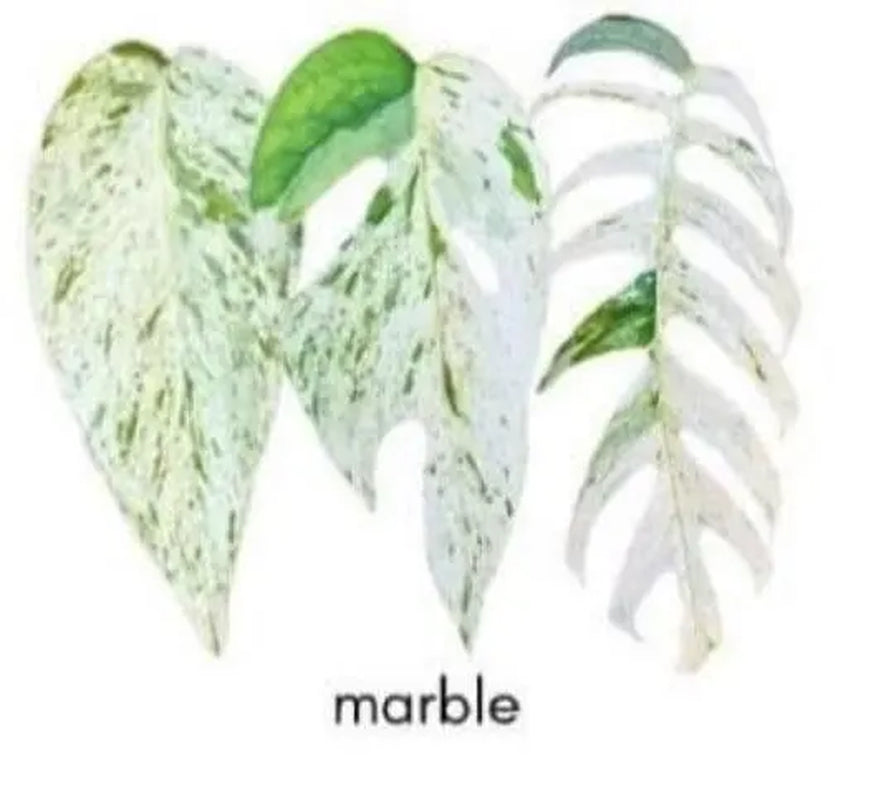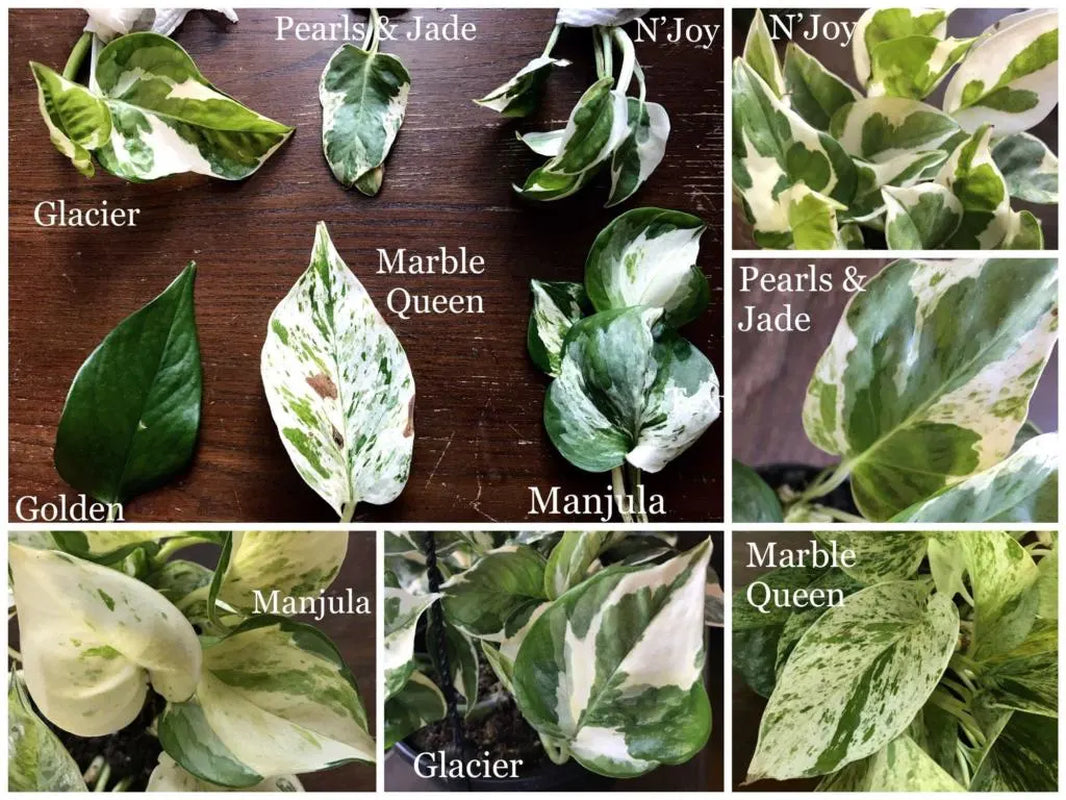1
/
of
9
Pothos Cuttings: Popular/Common & Rare/Uncommon Pothos Epipremnum aureum Leaf Node Clipping Cut To Grow/Propagate New Plant ORDER MORE Save
Pothos Cuttings: Popular/Common & Rare/Uncommon Pothos Epipremnum aureum Leaf Node Clipping Cut To Grow/Propagate New Plant ORDER MORE Save
Regular price
$61.27 USD
Regular price
$0.00 USD
Sale price
$61.27 USD
Unit price
/
per
Couldn't load pickup availability
Cutting or rooted starter
Cuttings: These are single leaf and node cuttings and are not rooted. Occasionally, we include an extra cutting as a bonus—just for you! 😊
Distinguishing Features:
Leaf Shape and Size:
Epipremnum pinnatum varieties can have varying leaf shapes, from heart-shaped to elongated and lance-like. Some mature leaves develop fenestrations as they grow.
Variegation:
Many varieties exhibit variegation, with patterns of white, cream, or yellow contrasting with the green.
Size and Growth Habit:
While some can grow quite large outdoors, they will die in lots of cold or lots of direct light. These grow as houseplant varieties have vines that are manageable for indoor growing.
Popular Epipremnum pinnatum Varieties:
Cebu Blue: Known for its elongated, silvery-blue-green leaves.
Albo-Variegata: Features creamy white variegation on dark green, serrated leaves.
Skeleton Key: Characterized by its large, dark green leaves with a slender, pointed tip and a broad, rounded top.
Marble King: Has small, ovate leaves with creamy white and green variegation.
Other Epipremnum pinnatum Varieties:
Baltic Blue: Similar to Cebu Blue but with a slightly darker blue-green hue.
Aurea: A golden or yellow-green variety.
Sunburst: A rare variety with heart-shaped leaves that develop fenestrations (holes) as they mature
The leaf fenestrations—or "pin holes"—in the lamina are a defining trait of Epipremnum pinnatum, developing more prominently as the plant matures. These features are a key way to distinguish E. pinnatum from Epipremnum aureum, whose leaves remain rounded and unfenestrated throughout their life, never developing the characteristic "pinnate" splits.
Another distinguishing feature is the presence of a netted sheath on E. pinnatum, which is entirely absent in E. aureum.
In terms of growth, E. aureum is generally faster-growing and more vigorous, often producing numerous climbing stems. In contrast, E. pinnatum tends to grow more slowly and exhibits a wider range of leaf shapes and fenestration patterns as it matures.
‼️ Important Info – Please Read Before & After Your Purchase! 🌿
📌 After placing your order, be sure to read the note from me with tips & tricks for successful propagation! 💧🌱
📦 While it's rare, shipping can be tough on cuttings. If your plant arrives with issues, please contact me within 48 hours of delivery and I’ll be happy to offer a refund, replacement, or a coupon. I want you to be 100% happy!
🌿 Keep in mind: It’s totally normal for cuttings to show signs of stress like wilting, yellowing, or browning during transit. As long as the nodes are healthy, they’re still viable and can bounce back with a little TLC. 💚
⭐️ If there’s a problem with your order, please reach out before leaving a review—I’m here to help and want to make it right.
📅 I can only assist if contacted within 48 hours of delivery.
🌡️ Cold Weather Alert!
If temps in your area may drop below 50°F, we recommend adding a heat pack to your order. You can find them in our shop or choose it as a shipping upgrade at checkout. This keeps your cuttings cozy and safe in transit. 🔥❄️
🚚 All Plants and Cuttings are shipped via USPS Standard Shipping.
Need it faster? Choose Priority Shipping at checkout for a speedier delivery! ⏱️📦
⛅ Weather & Shipping Notice:
Please keep an eye on your local weather! While I do my best to pack everything safely, I can’t control weather delays, postal errors, or USPS issues. For delivery concerns, contact USPS directly—but I’m always here to support however I can! 💌
Share
